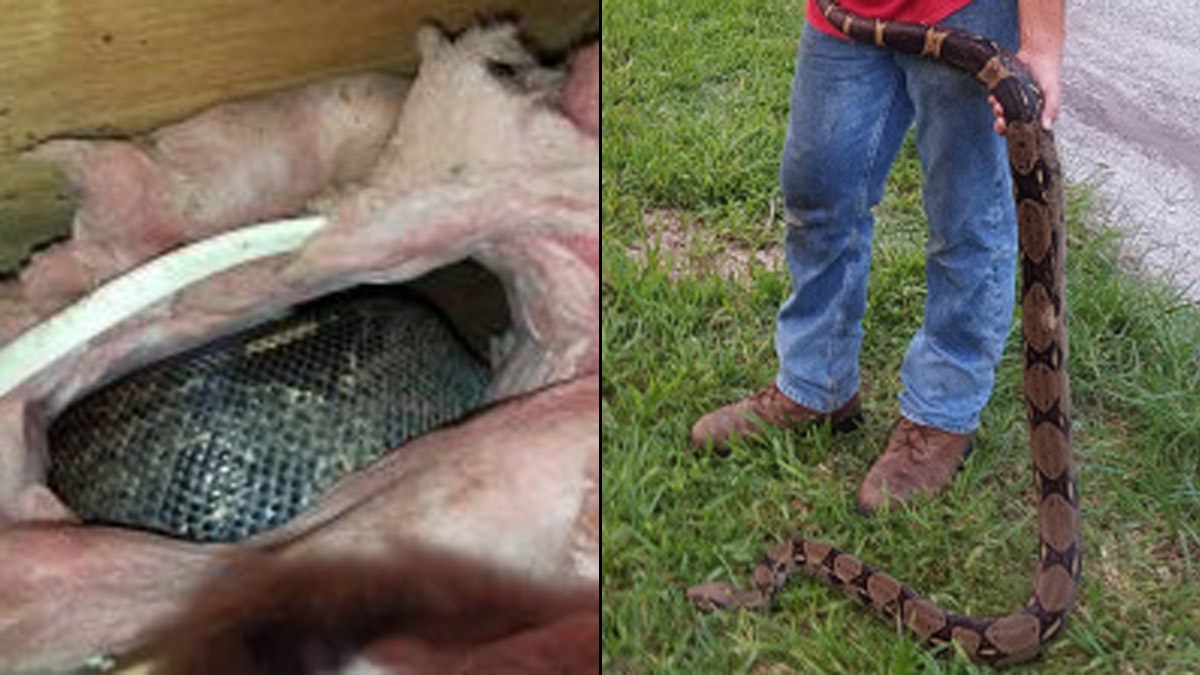

Only one other animal shares this trait, the theropod dinosaur Tyrannosaurus rex. Though all boids are constrictors, only this species is properly referred to as the "boa constrictor" - a rare instance of an animal having the same English common name and scientific binomial. This article focuses on the species Boa constrictor as a whole, and on the nominate subspecies B. Four subspecies are currently recognized. A staple of private collections and public displays, its color pattern is highly variable yet distinctive. The species is native to tropical South America, as well as some islands in the Caribbean. The boa constrictor is a member of the family Boidae. Report: xviii, 302 p.The boa constrictor (scientific name also Boa constrictor), also called the red-tailed boa, is a species of large, non-venomous, heavy-bodied snake that is frequently kept and bred in captivity. Giant Constrictors: Biological and Management Profiles and an Establishment Risk Assessment for Nine Large Species of Pythons, Anacondas, and the Boa Constrictor Because all nine species shared a large number of natural history traits that promote invasiveness or impede population control, none of the species was judged to be of low risk. Overall risk was judged to be high for five of the giant constrictors studied, and medium for the other four species. There is great uncertainty about many aspects of the risk assessment the level of uncertainty is estimated separately for each risk component. In addition, the risk assessment reviews all management tools for control of invasive giant constrictor populations. climates for each species, and (4) natural history traits, such as reproductive rate and dispersal ability, that influence the probability of establishment, spread, and impact. Primary factors considered in judging the risk of establishment were: (1) history of establishment in other countries, (2) number of each species in commerce, (3) suitability of U.S. The risk assessment enumerates the types of economic impacts that may be experienced, but leaves quantification of economic costs to subsequent studies. The risk assessment quantifies only the ecological risks, recognizing that ecosystem processes are complex and only poorly understood. Federal regulators have the task of appraising the importation risks and balancing those risks against economic, social, and ecological benefits associated with the importation.

Although importation for the pet trade involves some risk that these animals could become established as exotic or invasive species, it does not guarantee such establishment. At present, the only probable pathway by which these species would become established in the United States is the pet trade. The nine include the world's four largest snake species (Green Anaconda, Eunectes murinus Indian or Burmese Python, Python molurus Northern African Python, Python sebae and Reticulated Python, Broghammerus reticulatus), the Boa Constrictor (Boa constrictor), and four species that are ecologically or visually similar to one of the above (Southern African Python, Python natalensis Yellow Anaconda, Eunectes notaeus DeSchauensee's Anaconda, Eunectes deschauenseei and Beni Anaconda, Eunectes beniensis). Giant Constrictors: Biological and Management Profiles and an Establishment Risk Assessment for Nine Large Species of Pythons, Anacondas, and the Boa Constrictor, estimates the ecological risks associated with colonization of the United States by nine large constrictors.


 0 kommentar(er)
0 kommentar(er)
